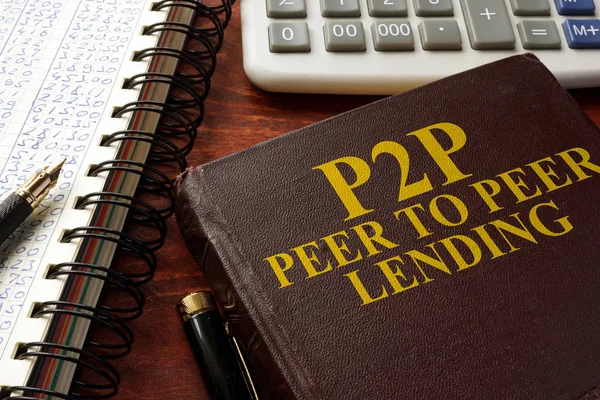Investing in gold has been a tried and true strategy for centuries. Once used as a direct form of trade, gold is now a fundamental part of many modern investment portfolios. As we explore the role of gold in a modern investment portfolio, we’ll delve into its importance in diversification, its evolution as an investment asset, and how it compares to other investment instruments. We’ll also discuss the impacts of economic fluctuations on gold investments, strategies for its incorporation, and future predictions for this precious metal.
Understanding the Importance of Gold in Portfolio Diversification

Diversification is a key principle in investment, as it reduces the risk of loss by spreading investments across various financial instruments, industries, and other categories. Gold, as a tangible asset, offers a unique form of diversification. Unlike stocks and bonds, the value of gold doesn’t rely on a company’s performance or economic conditions. In fact, during times of economic uncertainty, investors often flock to gold as a ‘safe haven’ asset, providing a stabilizing effect on a portfolio. Furthermore, gold can act as a hedge against inflation, as its value typically increases when the cost of living rises.
The Evolution of Gold as an Investment Asset

In ancient times, gold was used as a direct form of trade. However, with the advent of modern economies and financial systems, the role of gold evolved significantly. It became a reserve asset held by central banks and a measure of wealth and security. In the 20th century, gold was often used as a hedge against inflation and currency fluctuations. Today, with the advent of new financial instruments like exchange-traded funds (ETFs), gold continues to be an important part of an investment portfolio, offering a blend of tradition and modernity.
Gold vs. Other Investment Instruments: A Comparative Analysis

Although gold offers several advantages, it’s worth comparing it to other investment vehicles to understand its relative merits. Here’s a table that compares gold with stocks, bonds, and real estate:
| Investment Instrument | Risk | Returns | Impact of Economic Fluctuations |
|---|---|---|---|
| Gold | Low | Moderate | Low |
| Stocks | High | High | High |
| Bonds | Moderate | Low | Moderate |
| Real Estate | Moderate-High | High | High |
As is clear, while the returns from gold might be moderate compared to stocks or real estate, it offers a lower risk profile and is less affected by economic fluctuations.
The Impact of Economic Fluctuations on Gold Investments

Gold is often seen as a “safe haven” during economic downturns. When stock markets are turbulent, investors often turn to gold as it tends to maintain, or even increase, its value. This is because, unlike stocks, the value of gold doesn’t rely on corporate earnings or economic conditions. Gold can act as a hedge against inflation, as its value often rises when the cost of living increases. However, when economies are booming and inflation is low, gold may not deliver the best returns compared to other assets.
Strategies for Incorporating Gold into Your Investment Portfolio

To incorporate gold into your investment portfolio, you can purchase physical gold, invest in gold mining stocks, or buy gold ETFs. The latter two offer a way to invest in gold without the need to store it. However, they come with their own risks, like the performance of the mining company or the fund manager. It’s generally recommended to limit gold to a small, but significant, portion of your portfolio – often suggested around 5-10%. This way, you get the benefits of gold without overexposing your portfolio to its risks.
The Future of Gold: Predictions and Implications for Investors

Gold will likely continue to play a crucial role in investment portfolios, thanks to its reputation as a ‘safe haven’ during periods of economic turmoil. Technology also plays a part, with innovations like gold-backed cryptocurrencies offering new ways to invest in gold. However, like any investment, the future price of gold is uncertain and depends on many factors. These include geopolitical events, inflation rates, and changes in supply and demand. As always, investors should carefully consider their individual financial goals and risk tolerance before adding gold to their portfolios.
Gold has been a symbol of wealth and a sound investment for centuries, and it continues to hold a unique role in modern investment portfolios. With its benefits of portfolio diversification and its stability in the face of economic fluctuations, gold is an asset that investors turn to for both security and potential growth. Its future, while uncertain, promises innovation and longevity. As with any investment, understanding gold and its place in your portfolio is key to successful investing.






I didn’t know that gold ETFs existed. Now I know I can invest in gold without storing it.
Great to see the article discuss strategies for adding gold to a portfolio. 5-10% is the suggested limit.
Interesting to read about the future of gold and gold-backed cryptocurrencies. Innovation in gold investing!
I learned that gold can act as a hedge against inflation. That is good to know.
Gold is less risky compared to stocks and real estate. This comparison was useful.
The article is very informative about gold investment. It shows how gold is important for diversifying a portfolio.
Good article on the importance of gold in investment. It shows both the benefits and risks.
The article explains well how economic fluctuations impact gold. Gold is stable during bad economies.